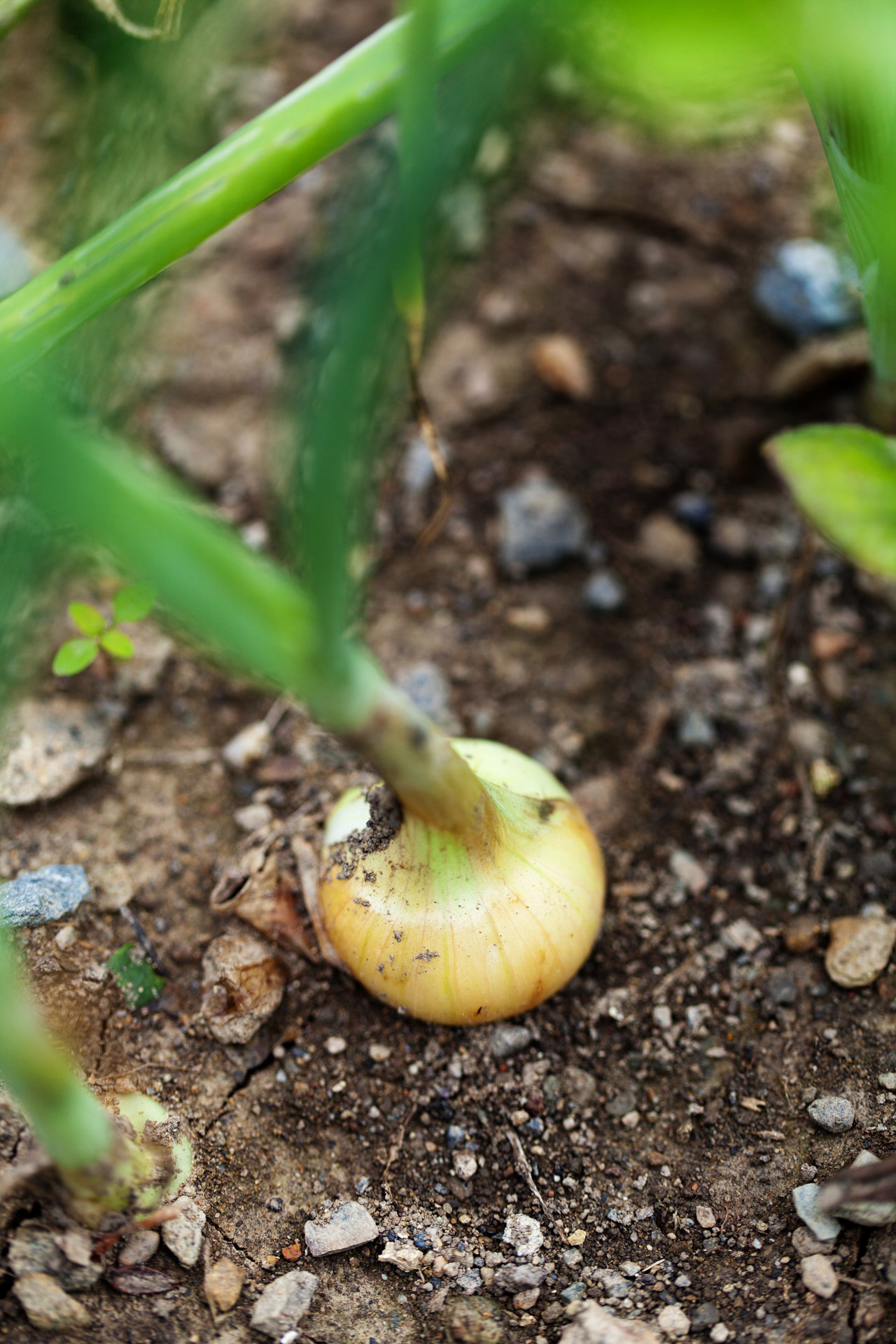
Friday, September 27, 2019 - By adopting three practices—no-till farming, cover crops and diverse crop rotations—farmers worldwide  can help preserve the world's soils, feed a growing global population, mitigate climate change and protect the environment.
can help preserve the world's soils, feed a growing global population, mitigate climate change and protect the environment.
This was the key message of a presentation by David Montgomery, professor of geology at the University of Washington, at the Iowa Organic Conference last November.
"Humanity is losing 0.3 percent of our global food production each year to soil erosion and degradation and 30 percent every 100 years," he said, referring to a United Nations report on soil.
Montgomery said soil degradation and loss has been a problem since the beginning of agriculture and played a major role in the demise of past civilizations including Mesopotamia, classical Greece and ancient Rome. It also caused the downfall of the Piedmont region of the southeastern U.S. as a leading agricultural producer, which it had been in colonial America.
Montgomery said the "villain" in soil degradation is the plow and not deforestation.
"The invention of the plow fundamentally altered the balance between soil production and soil erosion, dramatically increasing erosion," he said. "Nature clothes herself in plants, and the invention of the plow left soil unprotected to erosion."
Based on a number of studies, Montgomery estimated that 1.54 millimeters (mm) of soil are lost each year worldwide, while only 0.01 to 0.02 mm are being built each year.
"We are eroding soil 20 times faster than we are building it," he said. "We've drawn down the batteries of farmlands. This is a global problem, and agriculture has to change."
"There was minimal or no disturbance to the soil, maintaining permanent ground cover and diverse crop rotations," Montgomery said of the farms he visited.
Conservation agricultural practices stimulate soil microbial activity, the "soil food web" as Montgomery describes it, to build fertile soils, which in turn produce healthy plants.
He visited Duane Beck, a conventional farmer in South Dakota, who has adopted all three practices. As a result, Beck has reduced the use of pesticides, diesel fuel, and synthetic fertilizer and increased crop yields.
David Brandt, a farmer in Carroll, Ohio has practiced no-till farming for 44 years. "His soil is 8 percent organic matter." Montgomery describes Brandt, who farms conventionally, as an "organicish" farmer.
"I would love to see conventional farmers move closer to organic but not organic farmers move to conventional practices," he said.
In summarizing, Montgomery said the keys to building soil are to "ditch the plow, cover up, and grow diversity." The benefits of such conservation agriculture practices, according to Montgomery, are higher profits, comparable yields, less fossil fuel, fertilizer and pesticide use for the farmer, increased soil carbon and water retention and less pollution.
"Using agriculture to improve the land is a total game changer, but needs a different way of thinking," he said. The need to build soil goes beyond the debate over conventional and organic farming methods. "It centers on a different perspective on how soil health works in both systems," Montgomery said. "It's about how to build soil and look at soil as an ecological system."
Montgomery sees soil health with its focus on building soil biology as the new agricultural revolution supplanting the green revolution and its focus on chemicals and biotechnology.
"We are poised to unleash the idea that soil health should be the newest foundation of agriculture," he said. "It can help us feed the world and mitigate climate change and environment degradation.”
Learn More at this Link